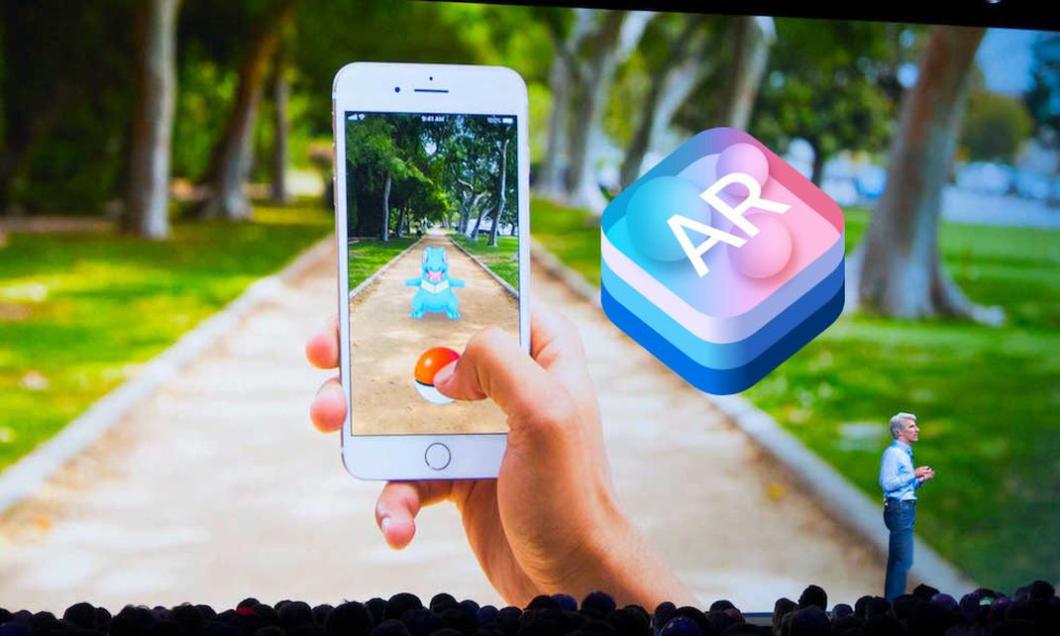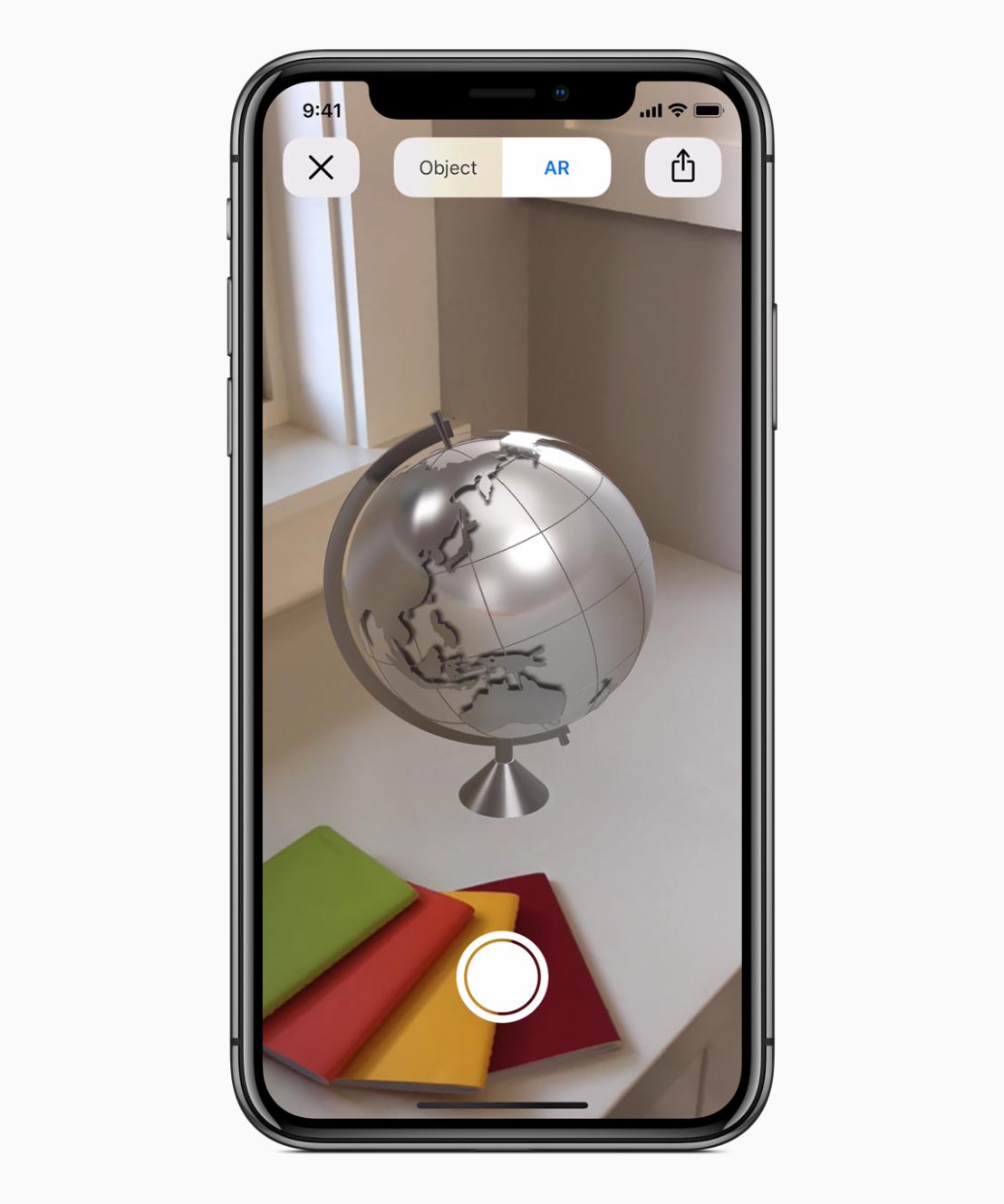How can AR be used to enhance collaboration among healthcare professionals?
Introduction

Augmented Reality (AR) is a cutting-edge technology that superimposes digital information onto the real world, creating an interactive and immersive experience. In the healthcare industry, AR has the potential to transform collaboration among healthcare professionals, leading to improved patient care and outcomes.
Challenges in Collaboration among Healthcare Professionals
- Communication Barriers: Effective communication among healthcare providers is crucial for patient care. However, traditional methods of communication, such as phone calls and written notes, can be inefficient and lead to misunderstandings.
- Lack of Real-Time Information Sharing: Healthcare professionals often need to access patient data, medical images, and vital signs in real time to make informed decisions. However, traditional methods of information sharing can be slow and cumbersome.
- Limited Access to Specialists: In many cases, patients may need to travel long distances to access specialized care. This can be a significant barrier to receiving timely and appropriate treatment.
AR can enhance collaboration among healthcare professionals by providing real-time visualization, facilitating effective communication, and enabling remote consultations and expert opinions.
Benefits Of AR In Healthcare Collaboration
Improved Communication:
- Real-Time Visualization: AR enables healthcare providers to visualize patient data, medical images, and vital signs in real time. This can facilitate more effective communication during consultations, leading to better patient care.
- Enhanced Patient Engagement: AR can help patients better understand their health conditions by providing interactive and immersive visualizations. This can lead to increased patient engagement and adherence to treatment plans.

Enhanced Collaboration:
- 3D Model Sharing: AR allows healthcare professionals to share 3D models and anatomical structures, enabling collaborative decision-making and treatment planning among specialists.
- Remote Consultations: AR facilitates remote consultations, allowing healthcare professionals to connect with experts from distant locations. This can expand access to specialized care and improve patient outcomes.
Streamlined Workflow:
- Patient Monitoring: AR-powered devices can assist healthcare professionals in patient monitoring, medication management, and treatment procedures.
- Improved Efficiency: AR provides instant access to patient records and medical references, improving efficiency and reducing documentation errors.
Applications Of AR In Healthcare Collaboration

Remote Assistance and Telemedicine:
- Real-Time Guidance: AR enables remote experts to provide real-time guidance during surgeries and complex procedures.
- Telemedicine Consultations: AR facilitates telemedicine consultations, expanding access to healthcare in remote areas.
Training and Education:
- AR-Based Simulations: AR-based simulations enhance medical training and skill development, providing interactive and immersive learning experiences.
Medical Imaging and Diagnostics:
- Medical Image Overlay: AR overlays medical images onto the patient's body, aiding in accurate diagnosis and treatment planning.
- Real-Time Visualization: AR facilitates real-time visualization of internal organs and structures during surgeries.
Challenges And Future Directions
Technical Limitations:
- High-Quality AR Devices: The development of high-quality AR devices is crucial for the widespread adoption of AR in healthcare.
- Robust Network Connectivity: AR applications require robust network connectivity to ensure seamless communication and data transfer.
Adoption and Integration:
- Healthcare Organization Embracement: Healthcare organizations need to embrace AR technology and invest in its implementation.
- Seamless Integration: AR needs to be seamlessly integrated with existing healthcare systems to ensure efficient and effective use.
Future Advancements:
- Personalized Medicine: AR has the potential to play a significant role in personalized medicine by providing tailored treatment plans based on individual patient data.
- Integration with AI and IoT: AR can be integrated with other emerging technologies like AI and IoT to create a comprehensive and interconnected healthcare ecosystem.
AR has the potential to revolutionize collaboration among healthcare professionals, leading to improved patient care and outcomes. By providing real-time visualization, facilitating effective communication, and enabling remote consultations, AR can break down barriers and create a more connected and efficient healthcare system. Healthcare organizations should embrace AR technology and invest in its implementation to reap the benefits it offers.
YesNo

Leave a Reply